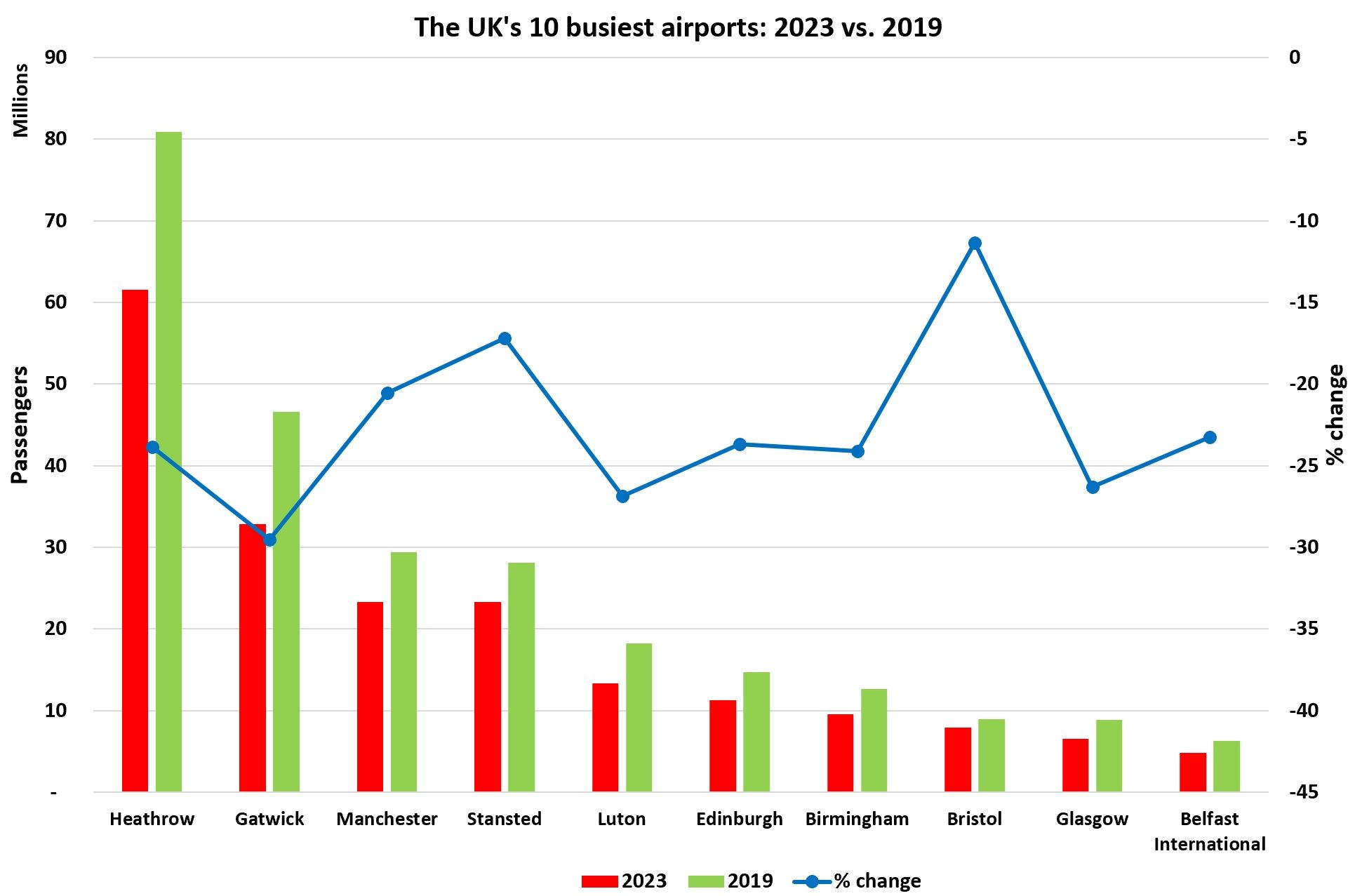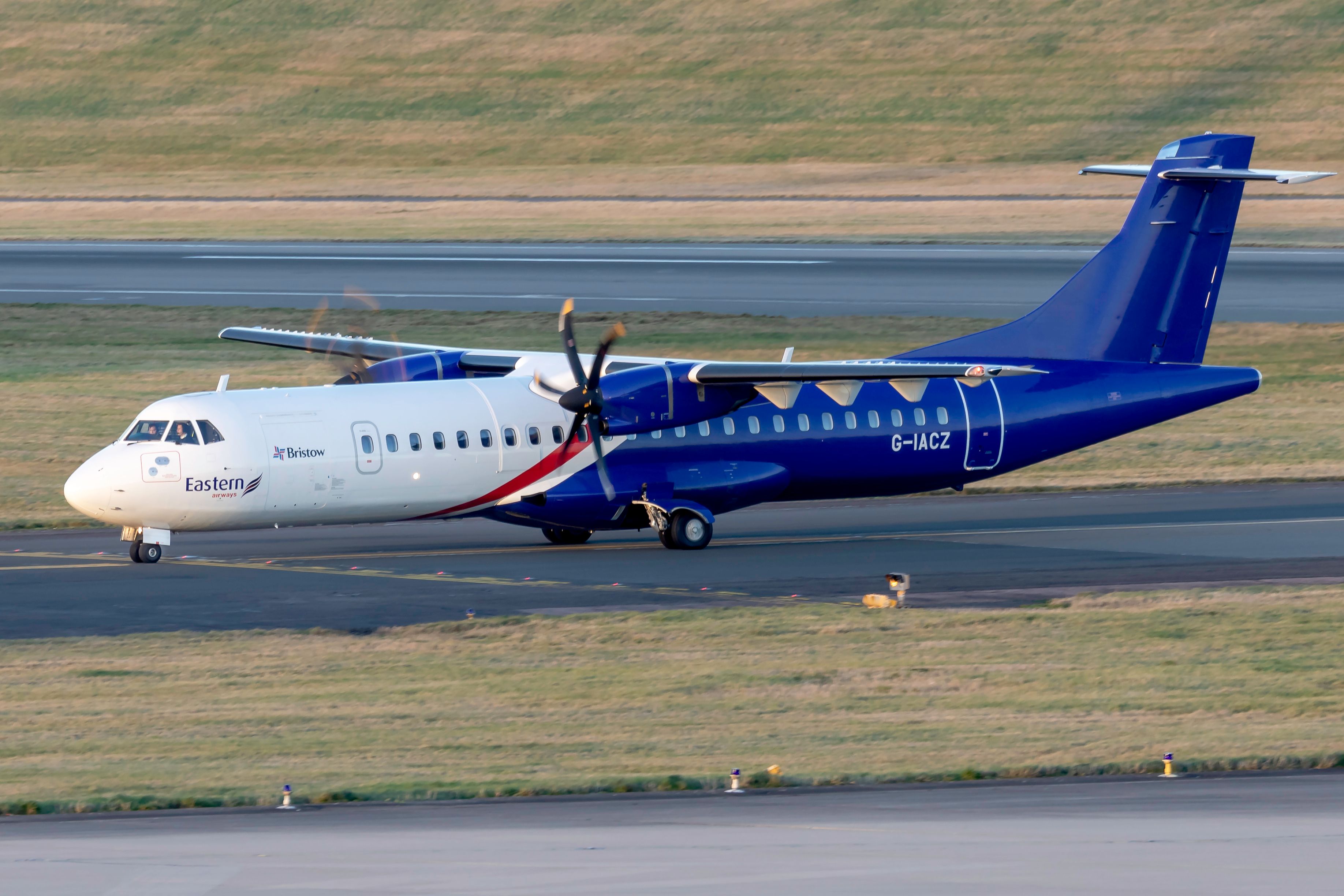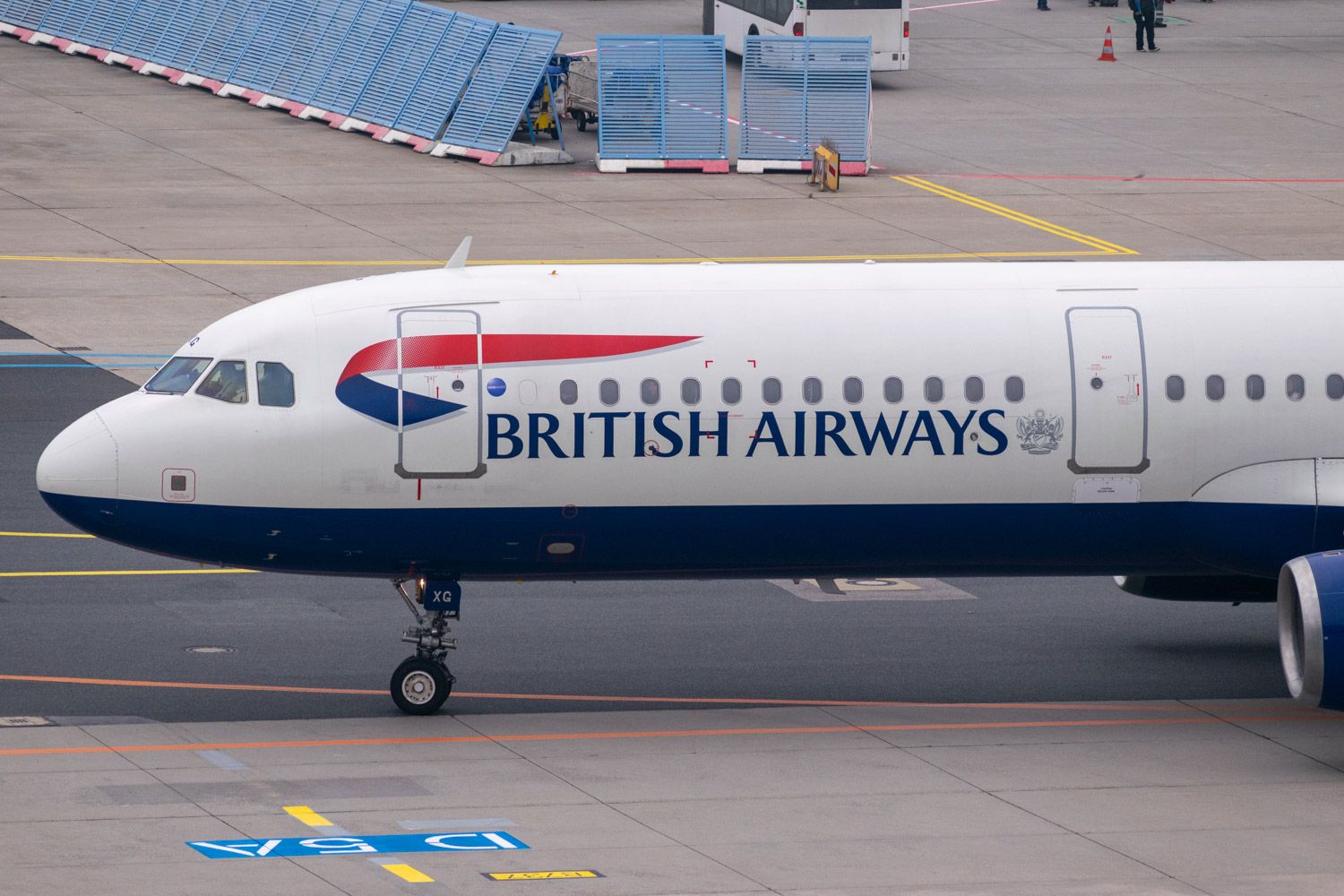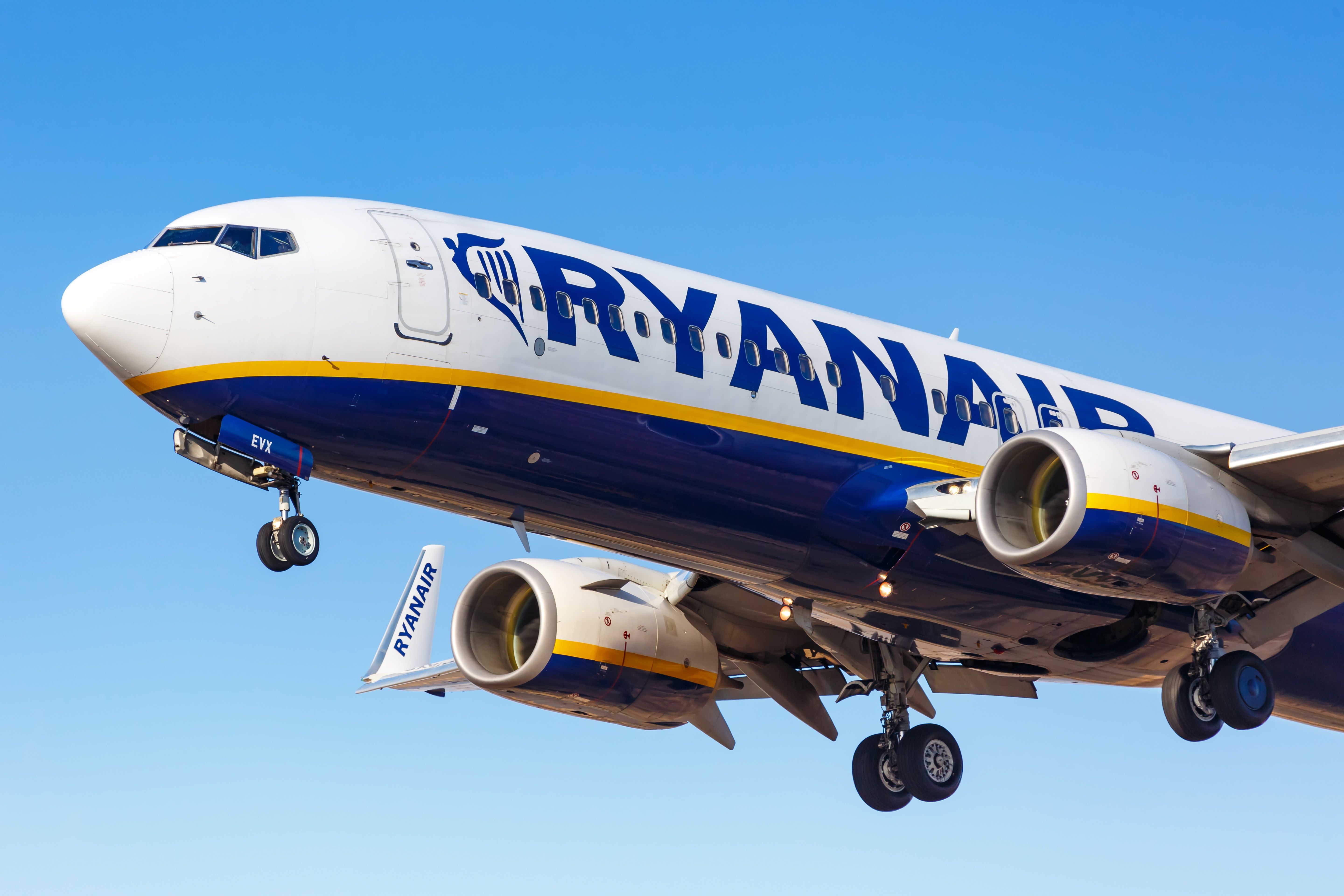Full-year 2022 passenger numbers are now available from the UK Civil Aviation Authority. It shows that UK airports welcomed 221.8 million roundtrip passengers, down by a quarter versus 296.7 million in 2019 – a drop of almost 75 million. Dublin had more passengers than anywhere else, while Spain was the most popular country.
Heathrow had one in four passengers
The top 10 busiest airports are shown below. They had 194.5 million, reduced from 254.6 million. The rankings remained the same, and Heathrow was responsible for more than one in four passengers.
Gatwick was down the most, percentage-wise (-30%). Yet it is fighting back vigorously, with Air Mauritius, Saudia, Air India, Air China, and SKY Express to serve the airport. In contrast, Bristol was the least-worst recovered (passengers -11.3%), helped by the entry of Jet2, offsetting still-not-recovered easyJet/Ryanair.
What about Cardiff and Southend?
The Welsh capital had 857,000 passengers last year, about half (-48.2%) of what it had in 2019. Doncaster Sheffield – which has shut – had more passengers (959,000) and recovered better (-31.8%).
Like Southampton (-64.5%), Exeter (-62.5%), and Newquay (-47.0%), Cardiff still suffers greatly from the absence of the original Flybe, which was by far its leading airline. The Welsh city was further hampered by the exit of Wizz Air, while Qatar Airways has yet to return. However, Eastern Airways has revealed a new daily service to Paris.
Despite the big passenger gap, Cardiff climbed from 20th place in 2019 to 19th. But this was only because of the continued plight of Southend. The Essex airport's traffic was reduced by an eye-watering 95.6%: from over two million passengers to just 89,000. It now has four routes – still none in the winter – with Amsterdam returning on May 24th.
Stay aware: Sign up for my weekly new routes newsletter.
Spain was the most popular
Examining CAA data for all UK airports reveals that – to the surprise of no one – Spain was very much the most popular country. It had 36.9 million passengers; about one in five international passengers flew to/from it. Although much smaller, then it was the US (15.5 million), Italy (11.9 million), Ireland (10.3 million), and Greece (9.0 million).
Note: as valuable as the UK CAA data is, it includes all passengers, including those transiting via a hub, even to a different country. For example, it includes those flying Heathrow-Newark-Cancun as to/from Newark only. This is a limitation and afflicts some places much more than others. Doha would be badly misleading, while Lanzarote wouldn't.
UK-Dublin was top
Dublin was the most popular destination. The Irish capital saw 7.8 million passengers, most of which were point-to-point. Dublin was a quarter bigger than Amsterdam (6.2 million; see my note above), Palma (4.8 million), Malaga (4.7 million), and Dubai (4.6 million; see the note above). The Turkish resort of Antalya jumped to 16th from the UK, with passenger numbers +67% to 2.5 million.
Some 25 UK airports had Dublin flights last year. With 1.3 million, Heathrow was number one; British Airways and Aer Lingus had up to 19 daily services.
When Gatwick, Stansted, Luton, and City were included, London had almost half (49%) of all Dublin passengers. At the other extreme was Teesside, which had just had a handful of scheduled Loganair flights and transported fewer than 1,700 people.
Which UK airports did you fly from last year? Let us know in the comments.





